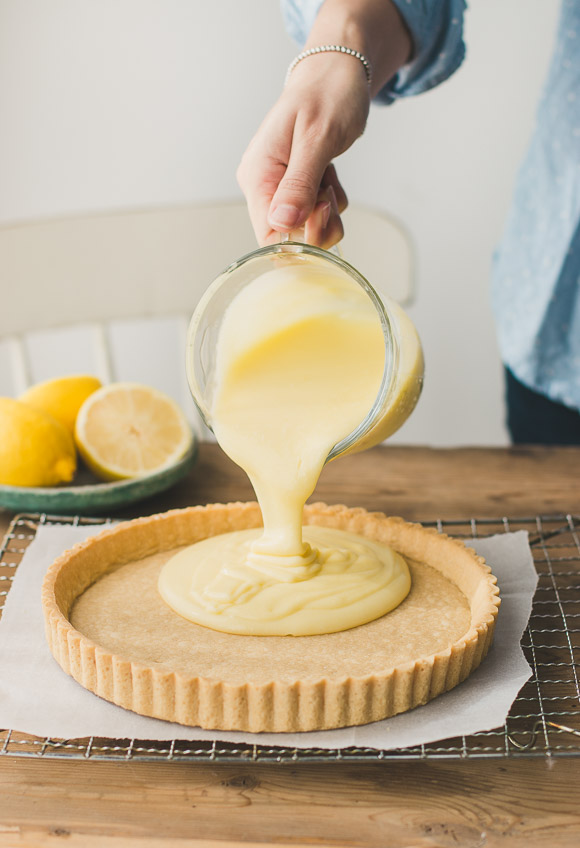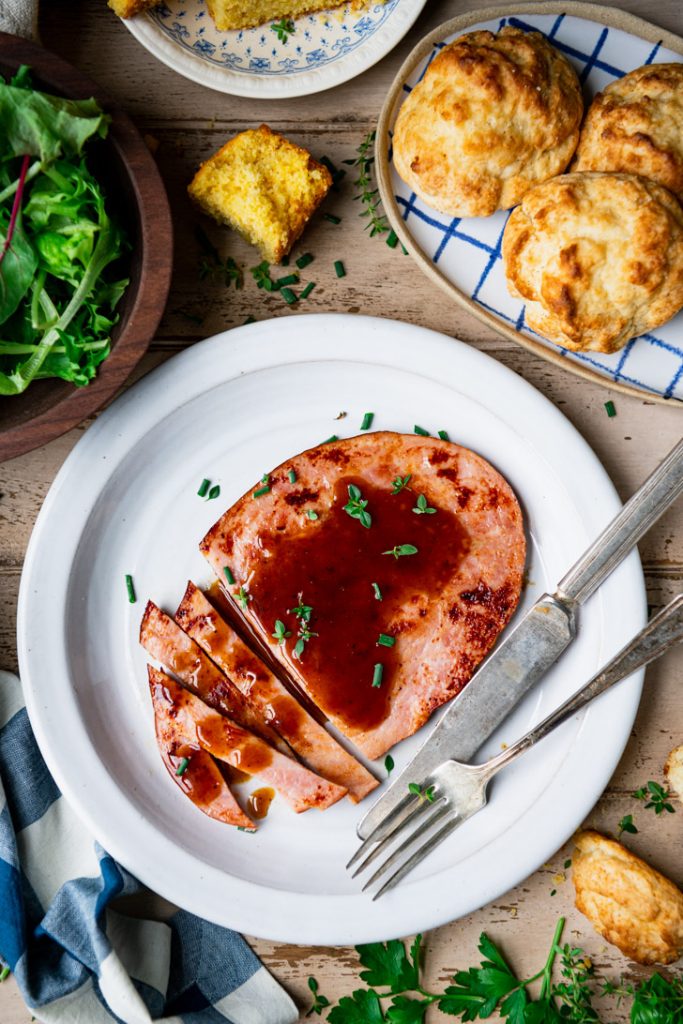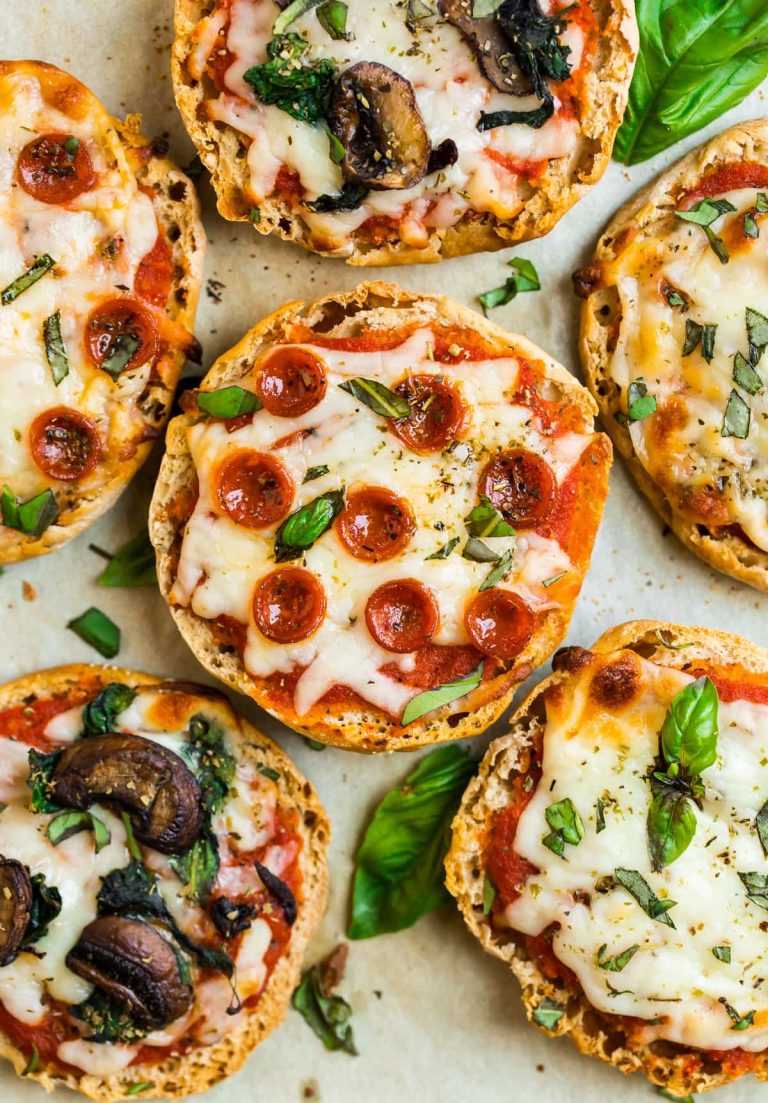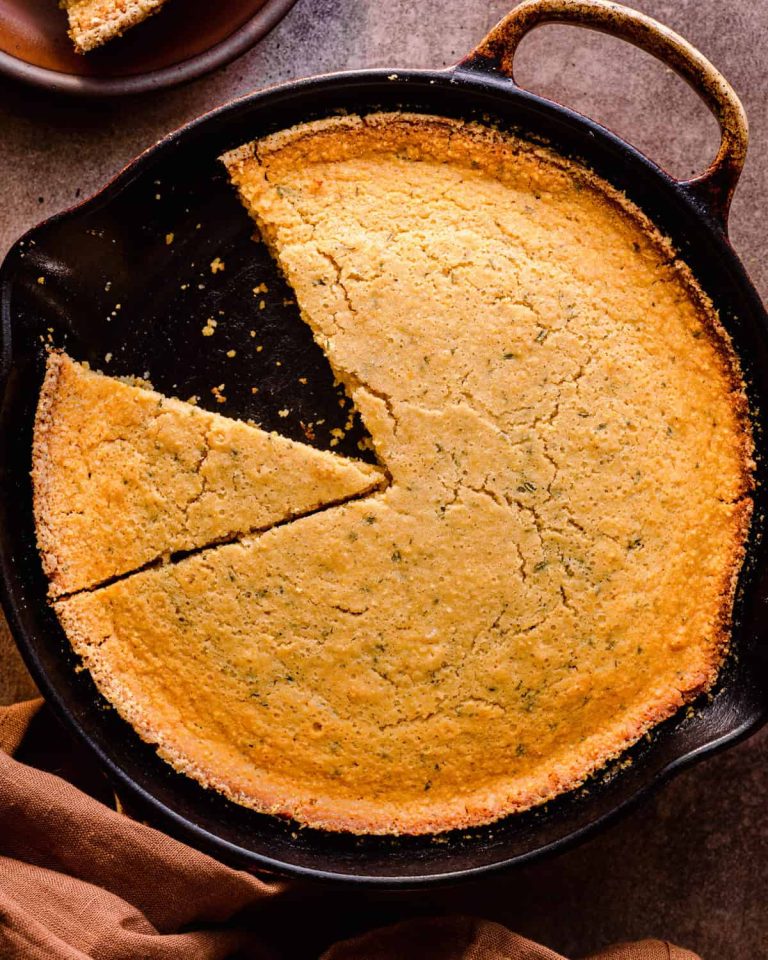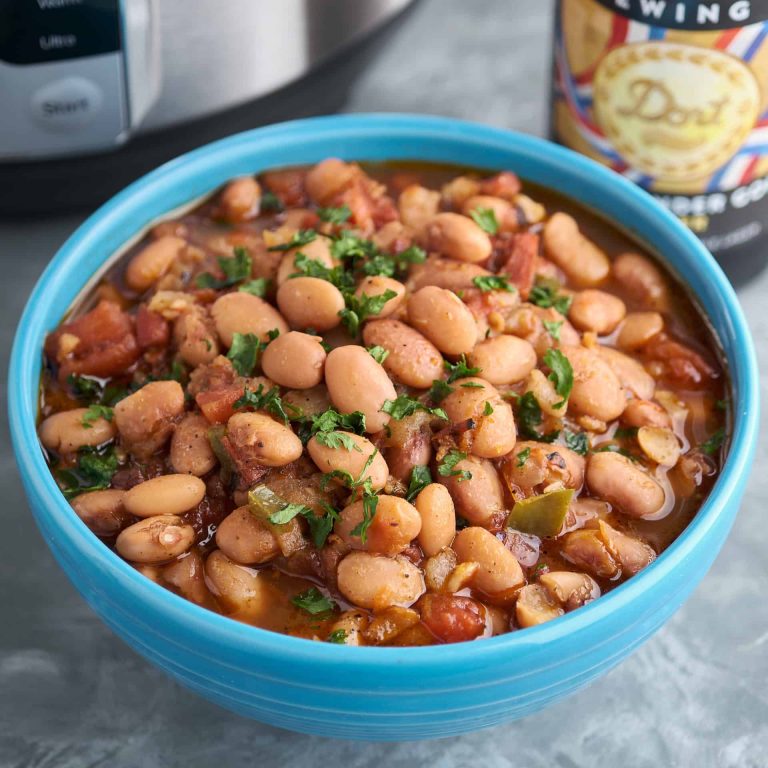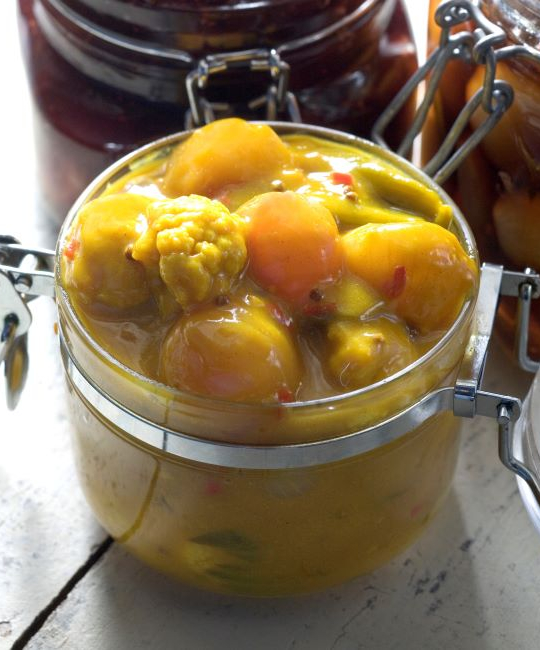Lemon Custard Filling: Recipe, Tips, and Creative Uses
Lemon custard filling, a classic component in desserts, has roots in both European and American cuisines. Lemon tarts and pies often feature this filling as a key element. You might find it in layered cakes, pastry puffs, or crêpes. Lemon custard filling delivers a refreshing zing, enhancing a dish when paired with other sweet flavors.
Key Ingredients
Lemon custard filling requires specific ingredients for its signature taste and texture. These include:
- Lemons: Fresh lemon juice and zest provide a natural, vibrant flavor.
- Sugar: Granulated sugar balances the tartness with sweetness.
- Eggs: Eggs contribute to the custard’s creamy and rich consistency.
- Butter: Adds a velvety texture and enhances the flavor.
These ingredients work in harmony to create a luscious and well-balanced filling.
How to Make Lemon Custard Filling
Step-by-Step Recipe
Follow these steps to create a perfect lemon custard filling:
- Prepare Ingredients: Gather 1 cup of fresh lemon juice, 1 tablespoon of lemon zest, 1 cup of granulated sugar, 4 large eggs, and 6 tablespoons of unsalted butter (cut into small pieces).
- Mix Ingredients: In a medium saucepan, combine lemon juice, lemon zest, and sugar. Whisk until sugar dissolves.
- Blend Eggs: In a separate bowl, beat the eggs until smooth. Gradually add the beaten eggs to the lemon mixture, whisking continuously.
- Cook Custard: Place the saucepan over medium heat. Stir constantly until the custard thickens (about 5-7 minutes). Avoid boiling.
- Incorporate Butter: Remove saucepan from heat. Add butter pieces, stirring until fully melted and integrated.
- Strain Mixture: Use a fine mesh sieve to strain the custard into a bowl. This removes any lumps and creates a smooth texture.
- Cool Custard: Cover the bowl with plastic wrap, pressing it directly onto the surface of the custard to prevent a skin from forming. Let it cool to room temperature, then refrigerate.
- Constant Stirring: Stir continuously while the custard cooks to prevent curdling and ensure even thickening.
- Temperature Control: Keep the heat medium. High heat can cause the eggs to scramble.
- Quality Ingredients: Use fresh lemon juice and zest for optimal flavor. Processed lemon juice alters taste.
- Proper Straining: Strain the custard to remove any curdled bits and achieve a silky finish.
- Cooling Method: Press plastic wrap directly onto the custard’s surface to avoid forming a skin during cooling and refrigeration.
Common Mistakes to Avoid
Overcooking Issues
Overcooking lemon custard filling leads to curdling and an undesirable texture. Monitor the custard closely while cooking to ensure it maintains a smooth consistency. Use a double boiler or a heavy-bottomed saucepan to distribute heat evenly. Stir constantly to prevent the mixture from sticking to the bottom and forming lumps. If you cook the custard at a temperature above 180°F (82°C), curdling may occur, so keep a thermometer handy to stay within the optimal range.
Balance of Flavors
Achieve a perfect balance of flavors by carefully measuring ingredients. Too much lemon juice or zest can make the custard overly tart, while insufficient lemon may leave it bland. Use fresh lemon juice and finely grated zest to ensure vibrant, natural flavors. Include the correct amount of sugar to counteract the acidity of the lemons. Experiment with small adjustments and taste as you go to find the right balance for your palate. Adding a pinch of salt can enhance the overall flavor profile without overpowering the custard.
Uses for Lemon Custard Filling
In Pastries and Desserts
Lemon custard filling elevates pastries and desserts by adding a tangy and creamy component. Use it in tarts to create a refreshing lemon tart. Incorporate it into layered cakes by spreading it between cake layers for a citrus burst. Pipe it into éclairs or cream puffs for a delightful filling. For a classic touch, utilize it in a lemon meringue pie, harmonizing the tart custard with sweet meringue.
Innovative Serving Ideas
Experimenting with lemon custard filling opens up creative culinary avenues. Serve it as a dip with fresh fruit slices for a light dessert. Fill phyllo cups with lemon custard and top with fresh berries for quick, elegant treats. Create mini parfaits by layering lemon custard with crumbled graham crackers and whipped cream in small glasses. Garnish a simple pound cake with a drizzle of lemon custard to enhance its flavor.
Conclusion
Mastering lemon custard filling opens up a world of culinary possibilities. With the right balance of fresh ingredients and careful preparation, you can create a versatile filling that elevates any dessert. Whether you’re filling tarts, layering cakes, or experimenting with innovative serving ideas, lemon custard adds a burst of flavor and a touch of elegance. So, roll up your sleeves and start exploring the delicious potential of this timeless classic. Your taste buds will thank you.
